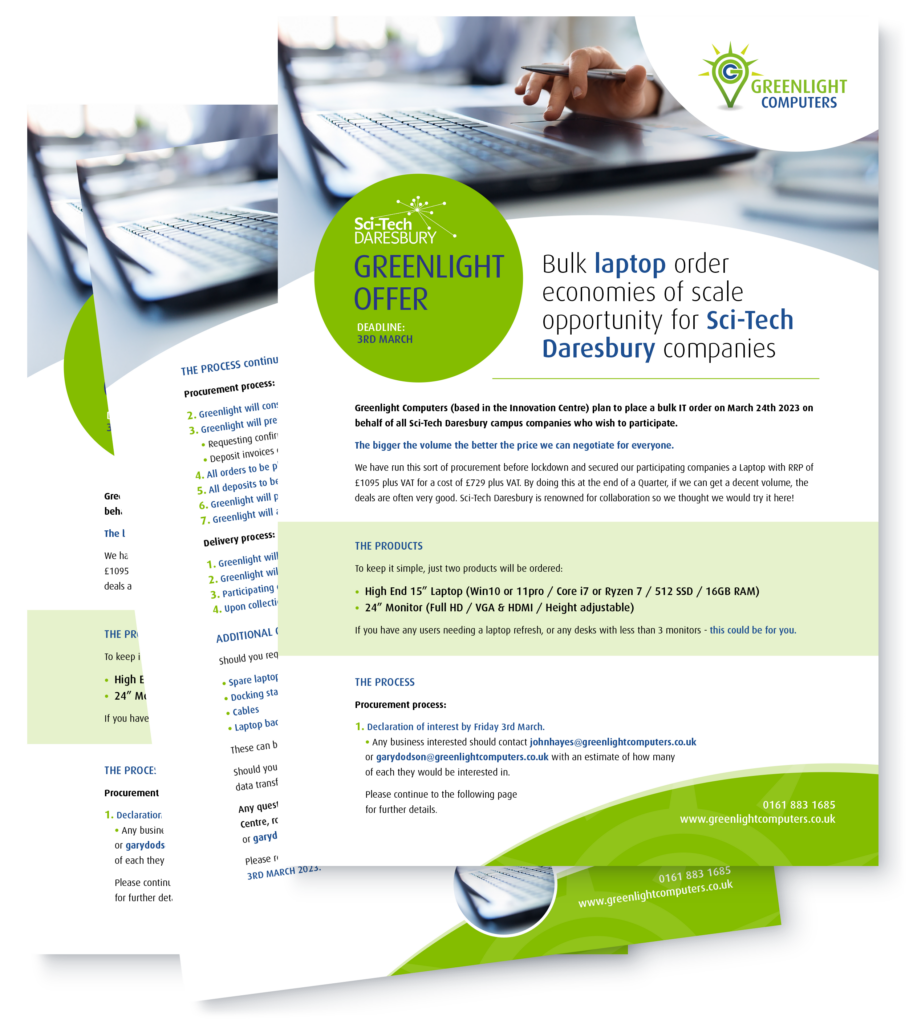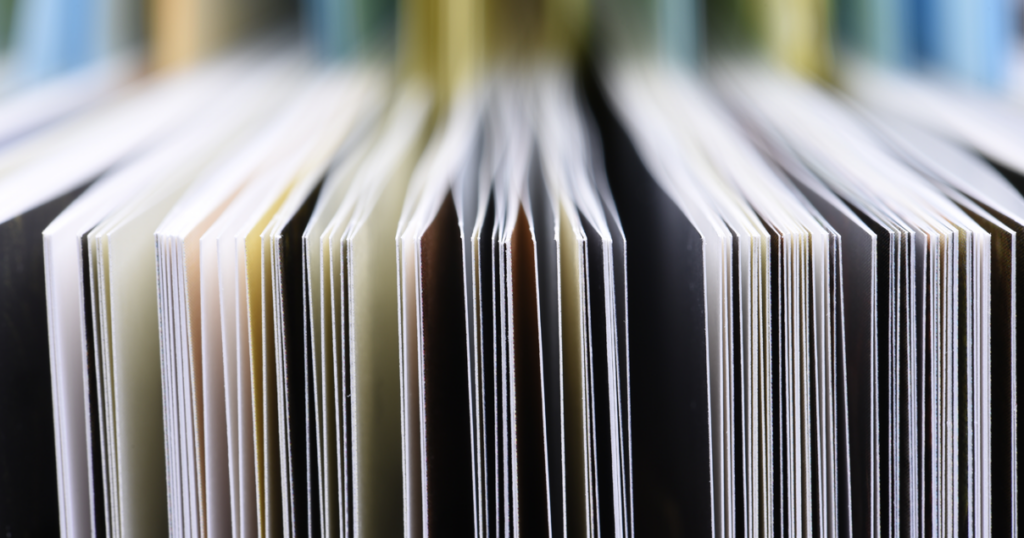Print Design
A personal & impactful proposition for your messaging
From business cards to corporate brochures
What are the benefits of using print media in the digital age?
In the contemporary marketing landscape, print media still holds significant value despite the dominance of digital channels. One of the primary advantages is tangibility; print materials are physical objects that recipients can touch, feel, and keep. This physical presence often makes printed items more memorable compared to digital content that can be easily overlooked or forgotten. Print also enhances credibility. Many consumers still perceive printed materials as more trustworthy and legitimate than their digital counterparts, which can sometimes be associated with spam or unreliable information.
Print marketing allows for highly targeted campaigns. For instance, direct mail can be tailored to reach specific demographics, ensuring that marketing efforts are directed at the most relevant audience. This kind of precise targeting is complemented by the ability of print to reinforce brand recognition. Consistent design elements across all printed materials help to solidify a brand’s identity and presence in the market. Additionally, print engages multiple senses. Beyond just visual appeal, the tactile experience of handling a well-designed brochure or catalog can make the marketing message more engaging and impactful.

Different Types of Printing Processes
- Offset Lithography: (Traditional printing), commonly used for high-volume print jobs, It uses plates to transfer ink onto paper, making it ideal for producing consistent, high-quality prints over large quantities.
- Digital Printing: Ideal for short runs and custom jobs, known for its speed and flexibility.
- Screen Printing: Used for printing on a variety of surfaces, especially textiles and promotional items.
- Gravure: Often used for high-volume packaging and wallpaper due to its excellent image quality.
- Flexography: Commonly used for packaging, labels, and newspapers.
- Letterpress: Traditional method providing a distinct, tactile quality making it a preferred choice for specialty items like wedding invitations and business cards.
Benefits of modern digital printing processes over traditional printing processes
Modern digital printing processes bring numerous advantages over traditional methods. Speed is one of the most significant benefits. Digital printing offers rapid turnaround times, making it ideal for on-demand printing where deadlines are tight. It also proves to be cost-effective, especially for short runs, as it eliminates the need for costly plate production and setup. Flexibility is another strong suit of digital printing. This method allows for variable data printing, which means each printed piece can be customized with different text and images, enabling personalized marketing materials that can better engage individual recipients. The quality of digital prints has also seen tremendous improvements, with high-resolution outputs that boast vibrant colors and fine details. From an environmental perspective, digital printing is often more sustainable. It tends to produce less waste since there’s no need for plates, and many digital presses use environmentally friendly inks and processes, reducing the overall environmental footprint of print production.
Print media continues to play a crucial role in modern marketing due to its unique advantages and its ability to complement digital strategies. Here are key points highlighting its importance:
- Tangible and Trustworthy: Print materials, such as brochures, flyers, and
magazines, provide a physical presence that can enhance credibility and trust. - Targeted Marketing: Print media allows for highly targeted marketing efforts.
Marketers can distribute printed materials in specific geographic areas or to
particular demographics, ensuring the message reaches the intended audience. This targeted approach can result in higher engagement and response rates. - Enhanced Brand Recognition: High-quality print materials can enhance brand recognition and recall. Consistent use of logos, colors, and design elements
across print media helps reinforce brand identity and make it more memorable. - Engagement and Retention: Print media can capture and hold the audience’s attention longer than digital content. People tend to spend more time reading printed materials, leading to better message retention. This is particularly effective for detailed information or storytelling.
- Complementary to Digital Campaigns: Print can effectively complement digital marketing efforts. Integrated campaigns that use both print and digital media can increase overall reach and effectiveness. For instance, printed materials can drive traffic to a website or social media page, and QR codes on print ads can provide an interactive element that bridges the gap between print and on-line.
- Sensory Experience: Print provides a tactile experience that digital media cannot replicate. The texture of paper, the quality of the print, and even the scent of the ink can engage the senses and create a lasting impression on the audience.
- Local Marketing: For local businesses, print advertising in community newspapers, local magazines, and direct mail can be particularly effective. It allows businesses to connect with the local audience in a more personal and direct manner.
- Credibility and Legitimacy: Printed materials often convey a sense of
legitimacy and professionalism. High-quality print ads in reputable magazines or newspapers can enhance a brand’s credibility.
Key Considerations for Creating a Printed Item
Creating a successful printed item involves several key considerations. Typography plays a crucial role in print design. The choice of fonts must prioritize legibility and readability, ensuring that text is clear and easy to read at different sizes. Proper spacing and consistent use of typefaces help in maintaining a clean and professional look.
The use of images in print design demands high-resolution files to avoid pixelation and ensure sharp, clear visuals. Designers must also consider the colour mode, converting images to CMYK to match the printing process, and ensure that all images are properly licensed for use, be it bespoke photography or stock images from on-line photo libraries.
Finishes and coatings can significantly enhance the look and durability of printed materials. Options such as matte or gloss finishes, UV coating, and lamination can add visual appeal and protect the print from wear and tear. These finishes can make a printed piece feel more premium and ensure it lasts longer.
Designing for Print – RGB and CMYK Processes
Understanding the difference between RGB and CMYK colour processes is vital in print design. RGB (Red, Green, Blue) is used for digital screens and offers a broader colour spectrum. However, when designing for print, colours need to be converted to CMYK (Cyan, Magenta, Yellow, Black) since printers use these four inks to produce images. This conversion can sometimes result in colour shifts, so it’s important to adjust and proof colours in the CMYK mode to ensure the final print matches the design intent.
Print Resolution
Print resolution is measured in DPI (dots per inch), with higher DPI values indicating better quality prints. Standard print resolution is typically 300 DPI, which provides clear, sharp images and text. Lower resolutions can result in blurry or pixelated prints, which can detract from the overall quality and professionalism of the printed material.
Print Sizes and Bleed Areas for Trimming
Print sizes must be carefully considered to ensure the final product meets expectations. Standard sizes, such as A4, A5, are commonly used, but custom sizes may be necessary for specific projects. Bleed areas are additional spaces (usually 3mm to 5mm) added around the design to account for the trimming process. This ensures that the printed image or color extends to the edge of the paper, avoiding any white borders due to slight misalignments during cutting.
Rich Black vs. Standard Black
In print design, using rich black can enhance the depth and richness of black areas. Standard black, or pure black (100% K), can sometimes appear dull or flat. Rich black, created by combining black ink with other colors (Cyan, Magenta, Yellow), results in a deeper, more vibrant black, giving the printed material a more polished and professional appearance.
Each of these elements plays a crucial role in the successful production of printed materials, ensuring that the final product is not only visually appealing but also effective in conveying the intended message.
To summarise, print remains a vital component of modern marketing due to its ability to build trust, target specific audiences, enhance brand recognition, and complement digital campaigns. Its tangible nature and sensory appeal offer a unique way to engage consumers and create lasting impressions.

